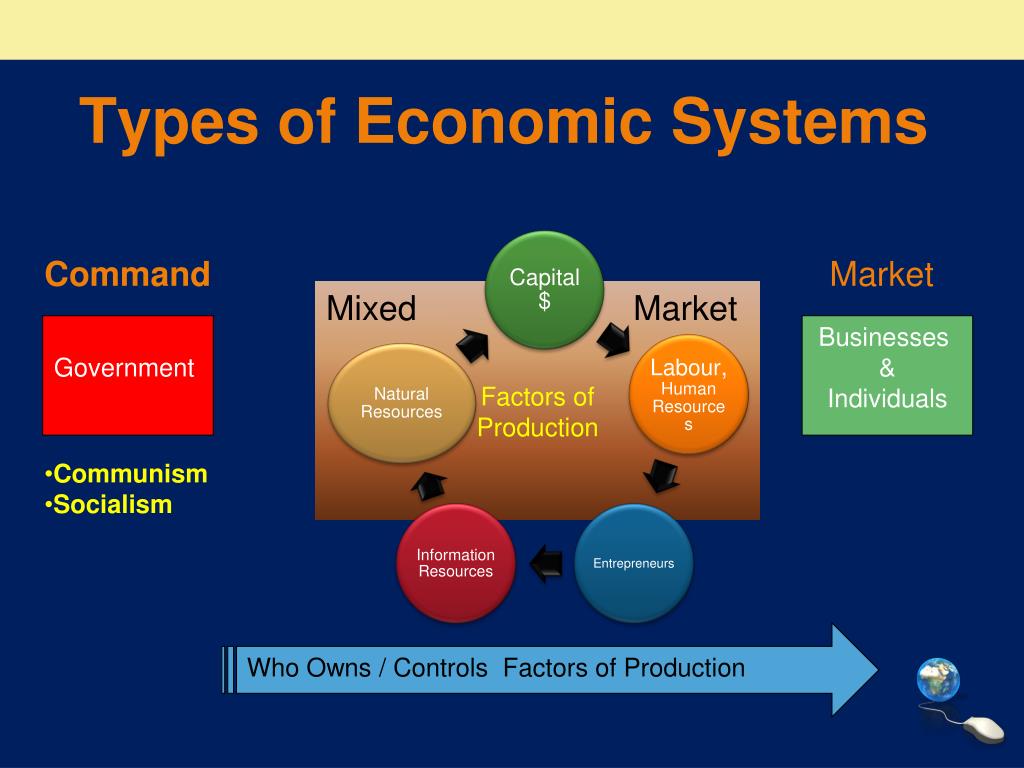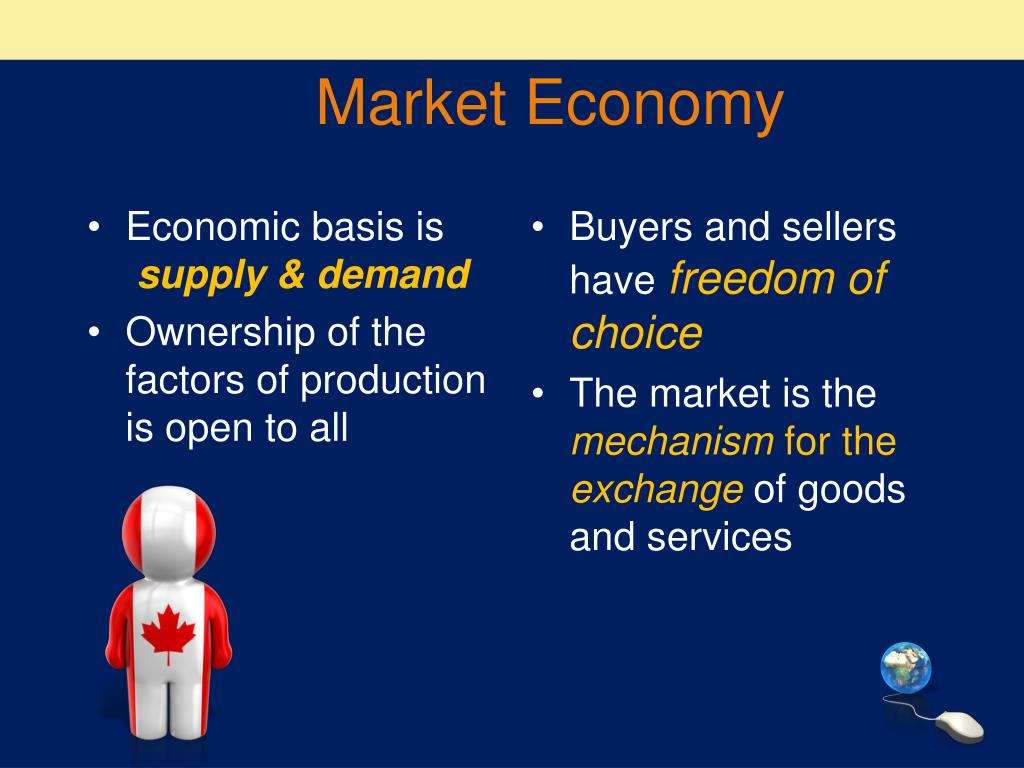In A Market Economy Who Controls The Factors Of Production
:max_bytes(150000):strip_icc()/Term-Definitions_Factors-of-production-e18b3550bac04855ba04cf3058dfb8e2.jpg)
The question of who controls the factors of production – land, labor, capital, and entrepreneurship – lies at the heart of understanding how market economies function. The distribution of this control profoundly shapes wealth creation, resource allocation, and ultimately, the economic well-being of individuals and society.
This article delves into the dynamics of control over these factors within a market economy, examining how this control is dispersed, the mechanisms that govern it, and the implications for economic actors.
Decentralized Control: The Core of Market Economies
Unlike centrally planned economies where the state dictates the allocation of resources, market economies operate on the principle of decentralized control. Decisions regarding land use, labor deployment, capital investment, and entrepreneurial endeavors are largely made by individuals, businesses, and organizations, driven by self-interest and the pursuit of profit.
The "who" in this scenario is multifaceted. It includes private landowners, individual workers, investors and shareholders, and the entrepreneurs who bring together these factors to create goods and services. Their interactions, mediated by market mechanisms like prices and competition, determine how resources are utilized.
Land Ownership and Resource Allocation
In a market economy, land is generally owned privately. This ownership grants individuals or entities the right to decide how the land is used, whether for agriculture, housing, commercial development, or conservation.
However, this right is often subject to government regulations like zoning laws and environmental protection measures, representing a degree of state influence on land use, even in a market system. According to data from the National Association of Realtors, private property rights are a cornerstone of real estate markets, fostering investment and development.
Labor: The Human Element
Labor, the human effort involved in production, is controlled by individual workers. They decide where to work, what skills to acquire, and how much effort to expend.
Labor markets operate through the interaction of supply and demand, with wages serving as the price signal. Workers supply their labor, while firms demand it, leading to a dynamic equilibrium. The Bureau of Labor Statistics provides extensive data on employment, wages, and working conditions, highlighting the diverse experiences of workers in the market economy.
Capital: Investment and Innovation
Capital, including machinery, equipment, and financial resources, is controlled by those who own or invest it. This can be individuals, businesses, or financial institutions.
Capital markets, like stock exchanges and bond markets, facilitate the allocation of capital to its most productive uses. Entrepreneurs seek capital to fund their ventures, while investors seek returns on their investments, driving innovation and economic growth. According to a report by the Securities and Exchange Commission (SEC), transparency and fair practices in capital markets are crucial for maintaining investor confidence and promoting efficient resource allocation.
Entrepreneurship: The Driving Force
Entrepreneurship, the ability to combine land, labor, and capital to create new products and services, is controlled by individuals who take risks and innovate. Entrepreneurs identify opportunities, organize resources, and bear the uncertainty of the market.
Their decisions are driven by the potential for profit, but also by a desire to create value and improve society. The Small Business Administration (SBA) supports entrepreneurial activity through various programs and resources, recognizing its vital role in job creation and economic dynamism.
The Role of Government and Regulations
While market economies emphasize decentralized control, governments play a crucial role in setting the rules of the game. They establish property rights, enforce contracts, and regulate markets to prevent fraud, promote competition, and protect consumers and the environment.
Government interventions, while sometimes controversial, aim to ensure that markets operate fairly and efficiently.
"The appropriate level of government intervention is a constant debate in market economies," said Dr. Anya Sharma, an economist at the Institute for Economic Policy Research. "Finding the right balance between freedom and regulation is essential for sustainable growth."
Potential Impacts and Societal Implications
The way factors of production are controlled has significant implications for income distribution. If access to land, capital, or entrepreneurial opportunities is unevenly distributed, it can lead to disparities in wealth and income.
Moreover, the pursuit of profit can sometimes lead to negative externalities, such as pollution or exploitation of workers. These issues raise ethical and social questions about the responsibilities of those who control the factors of production.
Ultimately, understanding who controls the factors of production in a market economy is essential for informed participation in the economic and political processes that shape our lives. The dynamic interplay between individual initiative, market forces, and government regulation determines the prosperity and well-being of society.
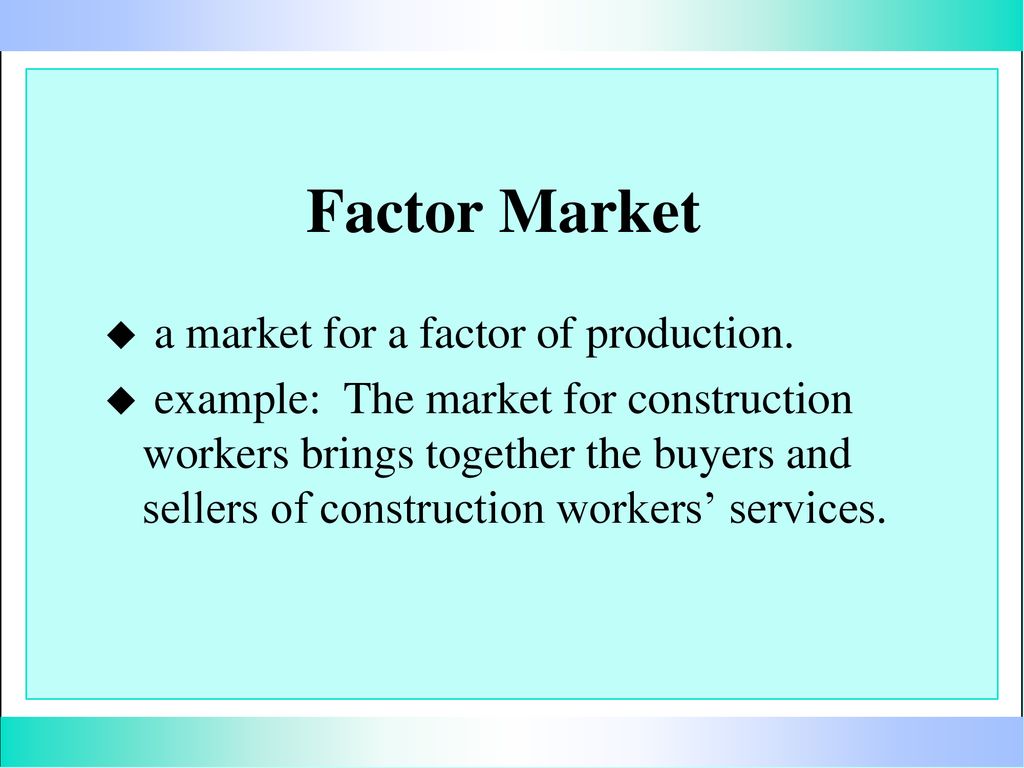

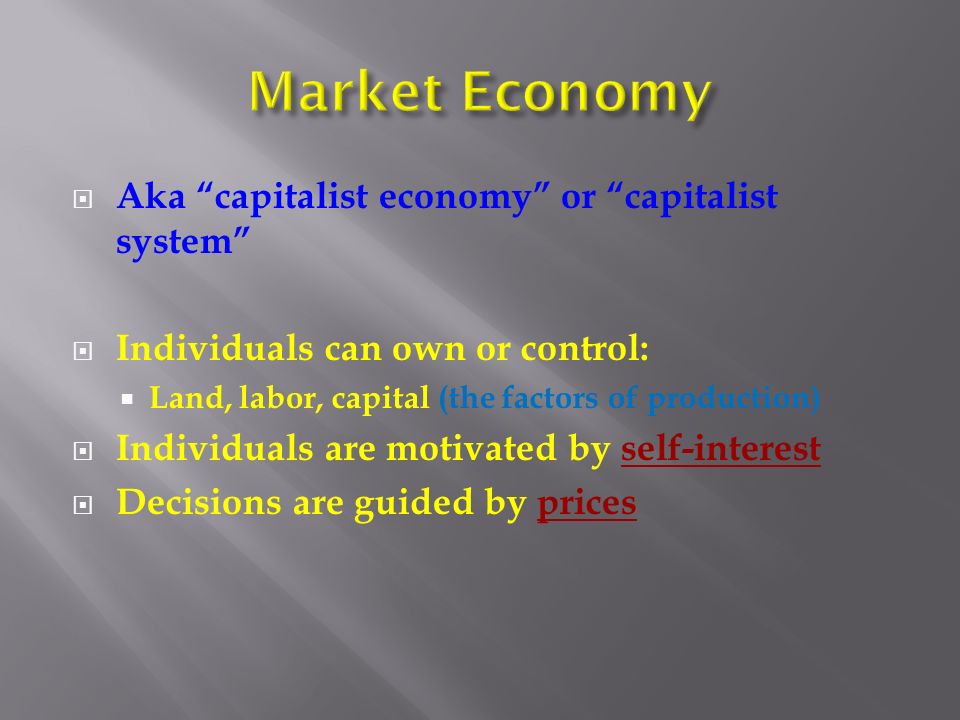


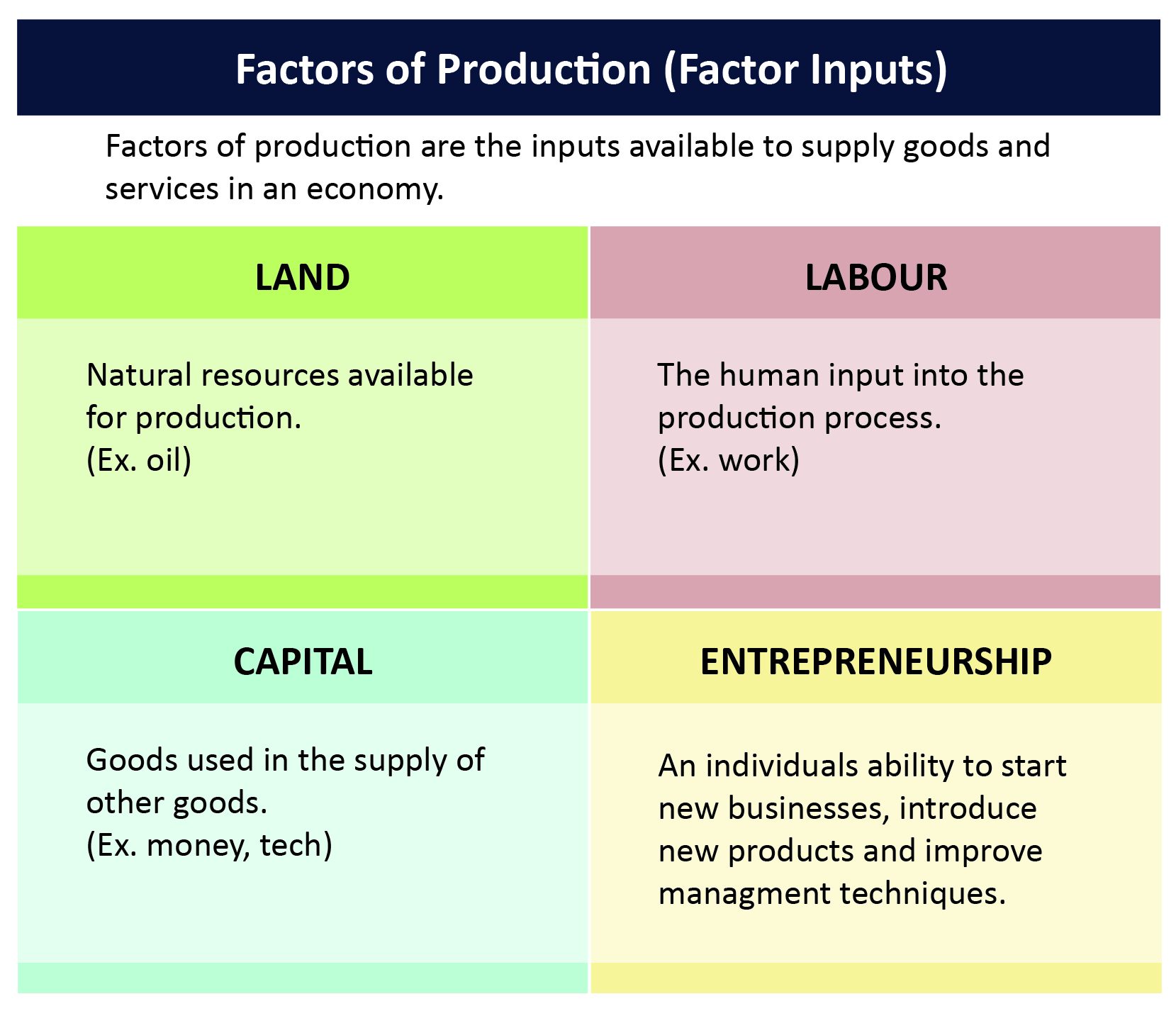
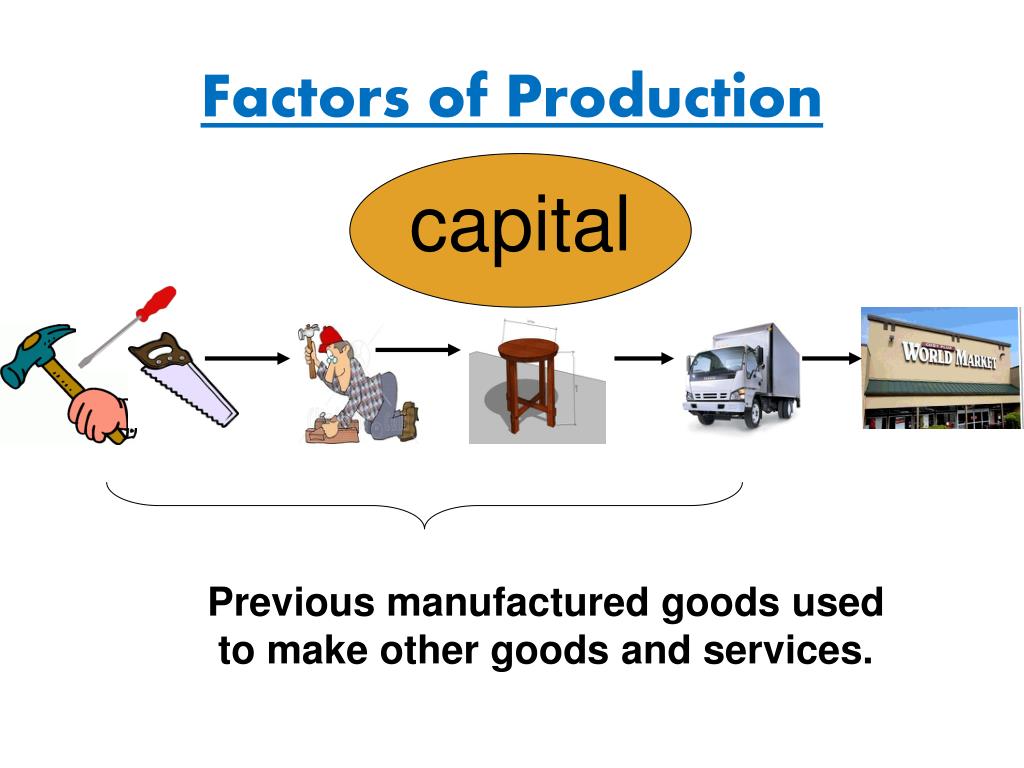

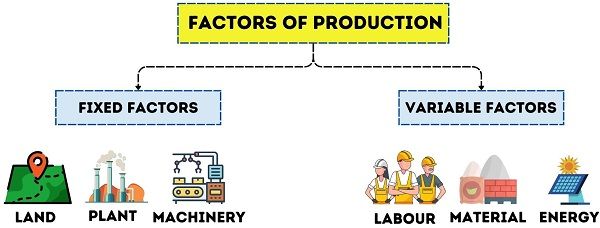
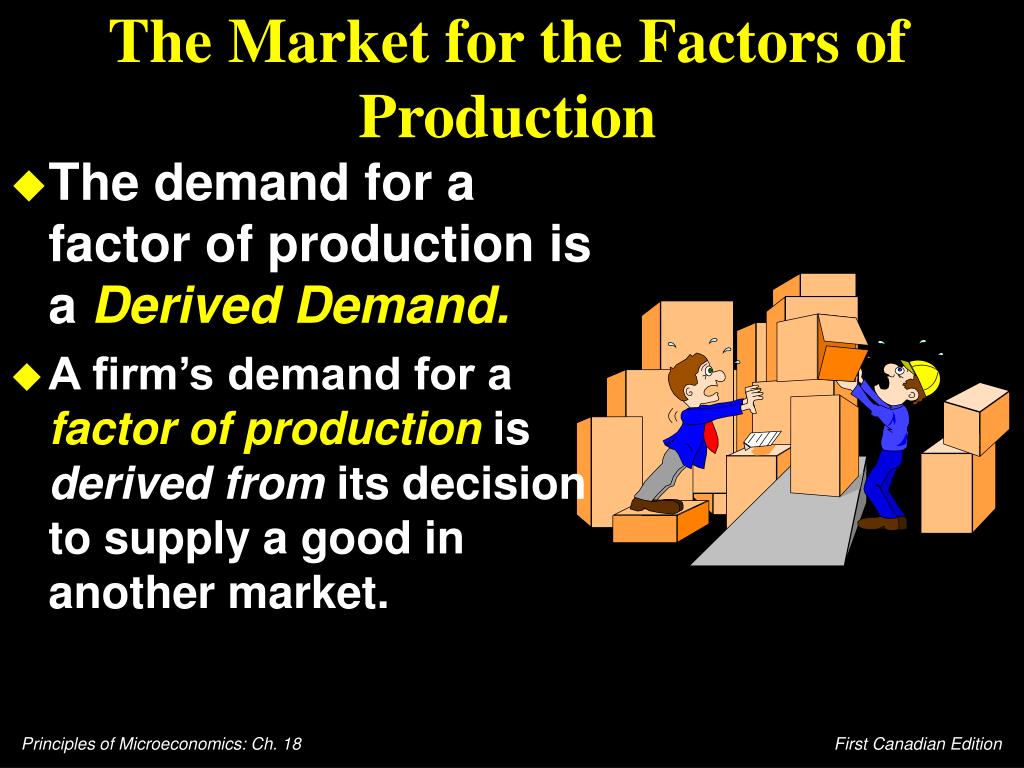
:max_bytes(150000):strip_icc()/dotdash_Final_Factors_of_Production_May_2020-01-5239bd5e27fc4cfc81f7602af291b769.jpg)





